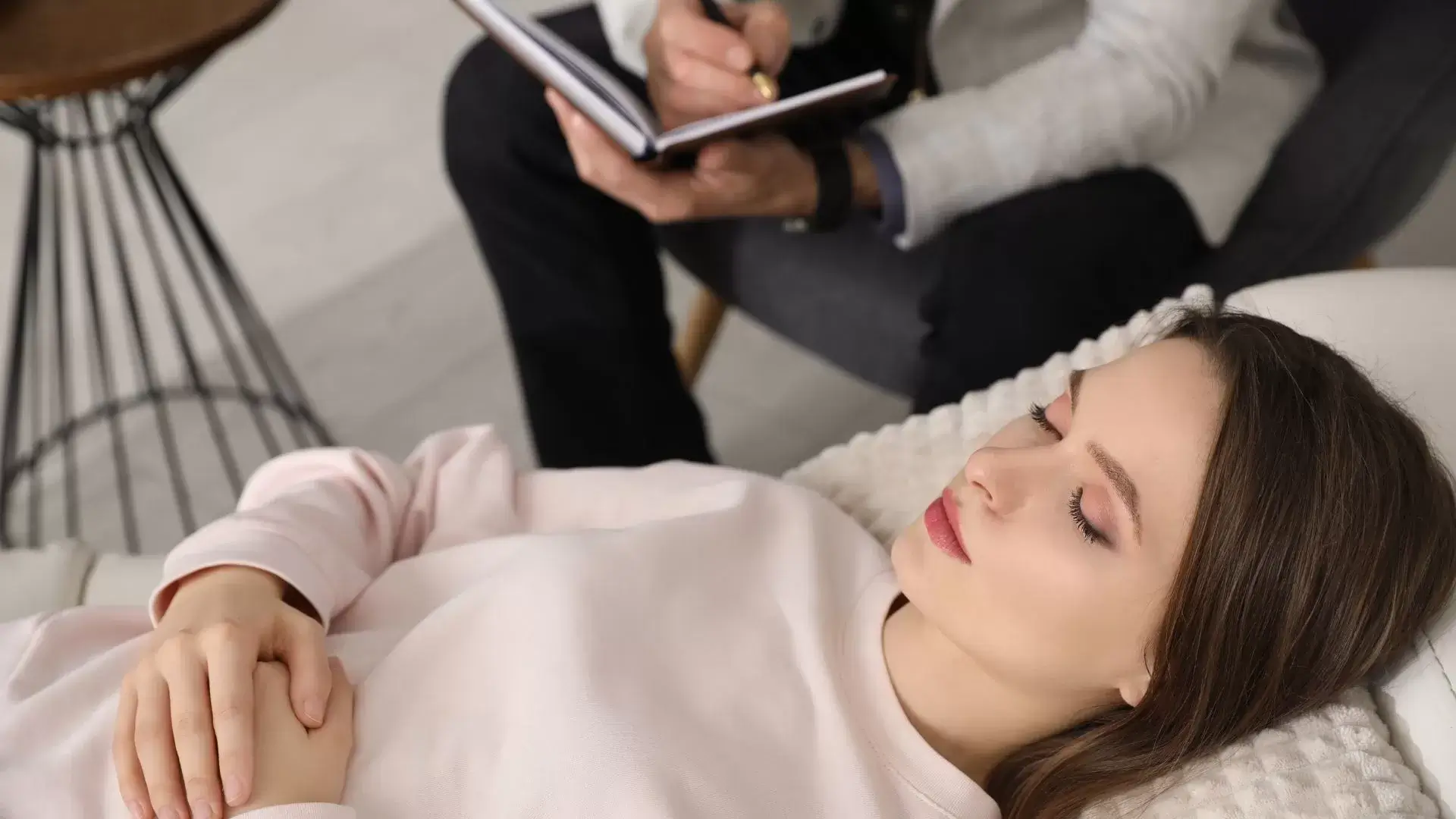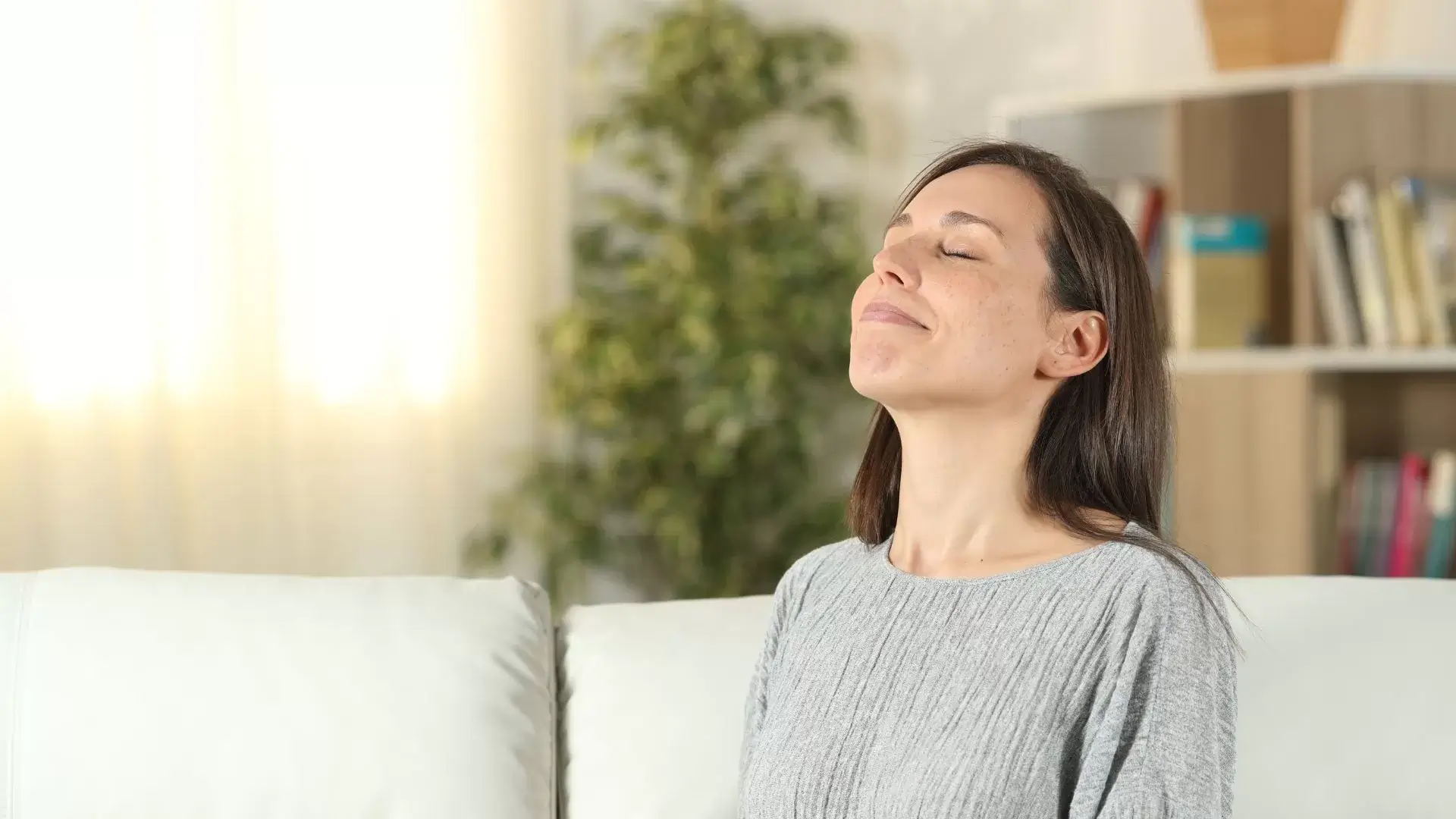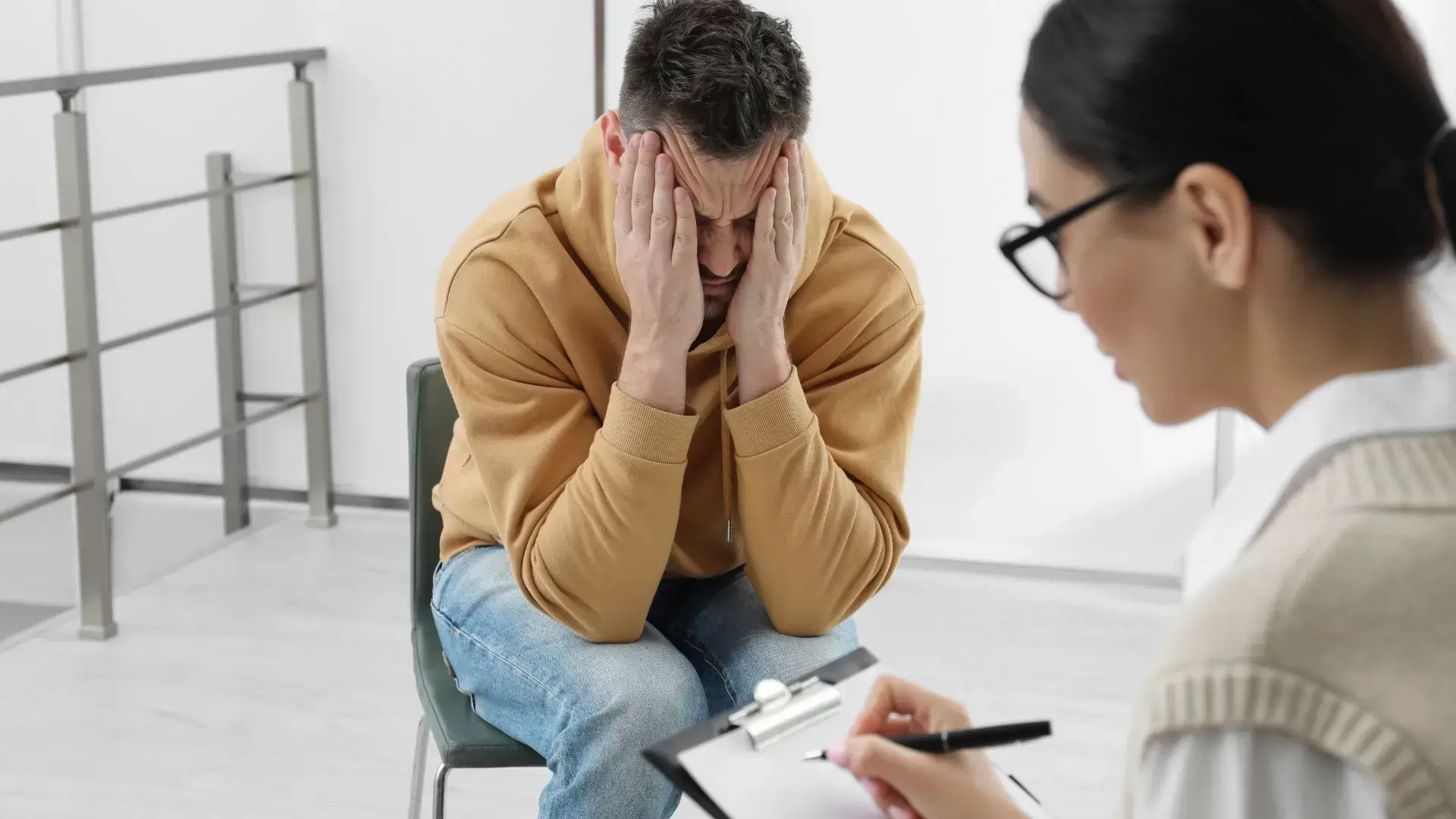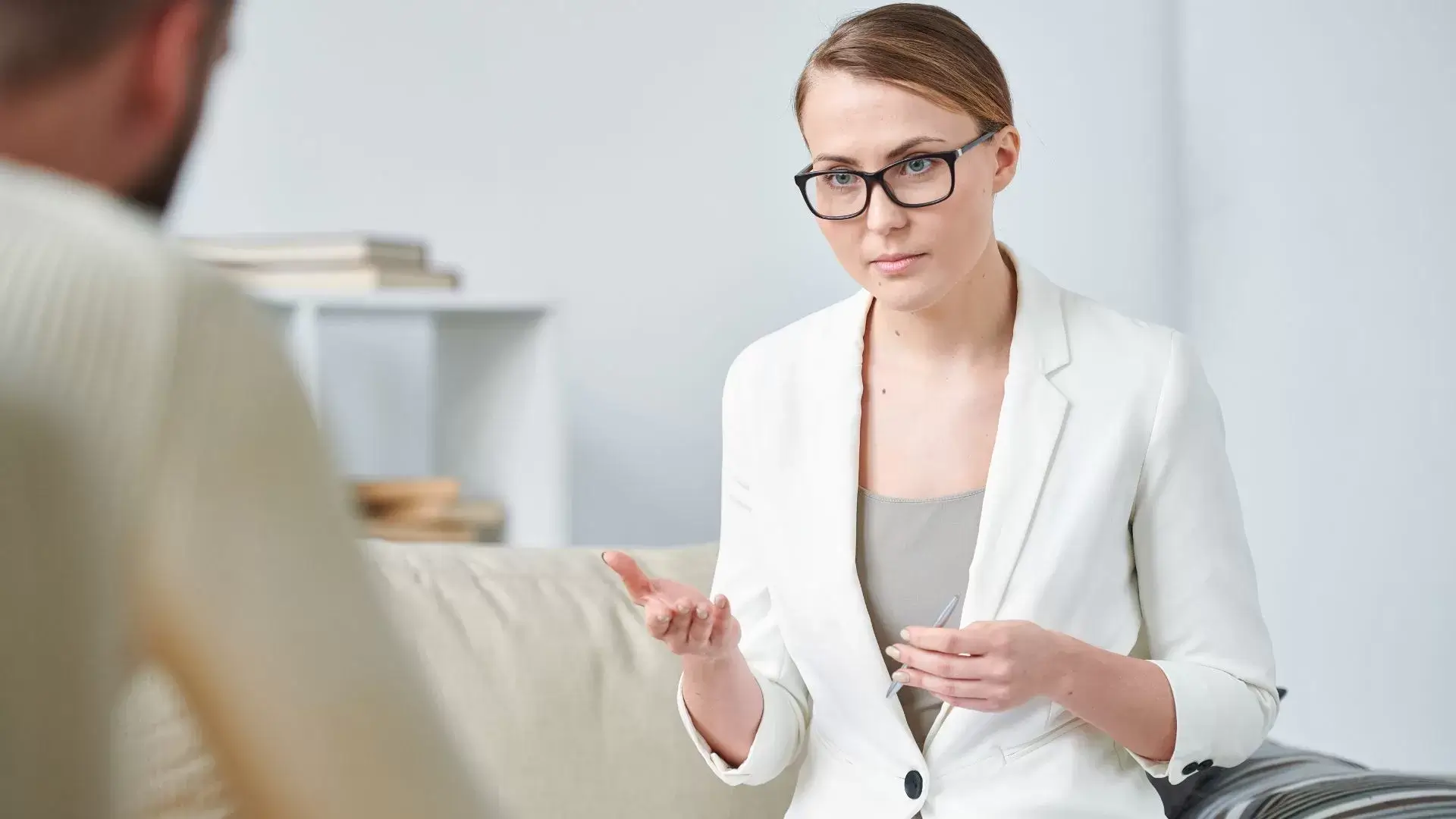We’ve found several effective relaxation techniques that can help alleviate stress and improve our well-being. Mindfulness meditation teaches us to become present, reducing anxiety and enhancing emotional regulation. Deep breathing activates our relaxation response, while progressive muscle relaxation systematically releases tension. Self-massage can ease tightness quickly, helping us reconnect with our bodies. Additionally, incorporating mindfulness into exercise fosters calmness and reduces mental chatter. Exploring different styles of yoga allows us to find what suits our unique needs. By understanding these techniques, we can better manage stress and enhance our overall emotional health. There’s much more to discover.
About Mississauga Psychotherapist
As we explore the role of an Mississauga psychotherapist, we recognize how their expertise can guide us through the complexities of stress and emotional challenges. These professionals are trained to help us identify the sources of our stress and develop effective coping strategies. They provide tailored mental health support, understanding that each person’s experience with stress is unique.
Our local psychotherapist company often employs evidence-based stress relief techniques, such as cognitive-behavioral therapy (CBT) and mindfulness practices. Through CBT, we can learn to reshape our negative thought patterns, while mindfulness techniques help us stay grounded in the present moment. This dual approach not only alleviates immediate stress but also equips us with tools for long-term emotional resilience.
Moreover, the supportive environment created by these therapists encourages open discussion about our feelings, enabling us to navigate our emotional landscape with greater clarity. By fostering a collaborative therapeutic relationship, we feel empowered to face our challenges head-on. Ultimately, partnering with an Mississauga psychotherapist can be a transformative step toward improving our mental well-being and embracing healthier coping mechanisms in our daily lives.
Discovering the Optimal Relaxation Method for Your Needs
Finding the right relaxation method can greatly enhance our ability to manage stress, especially when we consider our unique preferences and lifestyles. Each of us experiences stress differently, which means our paths to stress alleviation will vary as well. By exploring various relaxation techniques, we can pinpoint what resonates best with us.
For instance, some might find solace in mindfulness meditation, which has been shown to reduce stress and improve emotional well-being. Others may prefer physical activities like yoga or tai chi, which combine movement with breath control, promoting both relaxation and physical health. Additionally, deep breathing exercises can be a quick and effective way to ground ourselves in moments of tension.
To discover our ideal relaxation method, we should experiment with different techniques and pay attention to how they make us feel. Keeping a journal to track our experiences can help us identify patterns and preferences. Ultimately, recognizing that what works for one person might not work for another allows us to tailor our stress alleviation strategies. By embracing this journey, we can find the relaxation techniques that fit our individual needs, enhancing our overall well-being.

Consulting with a Licensed Psychotherapist
Exploring various relaxation techniques can lead us to contemplate the benefits of consulting with a licensed psychotherapist, who can provide tailored strategies and support for managing stress more effectively. While we might find temporary relief through practices like meditation or yoga, a psychotherapist offers a deeper understanding of our unique stressors, enabling us to address the root causes of our anxiety.
Research shows that working with a licensed psychotherapist can greatly enhance our stress relief efforts. They can introduce us to evidence-based relaxation techniques, such as cognitive-behavioral strategies or mindfulness practices, specifically designed to fit our needs. This personalized approach not only helps us develop coping mechanisms but also empowers us to explore our emotions and thought patterns in a safe environment.
Mastering the Art of Deep Breathing
Mastering deep breathing techniques can considerably enhance our ability to manage stress, allowing us to tap into a powerful tool for promoting relaxation and emotional balance. By focusing on our breath, we engage in a simple yet effective relaxation technique that can produce significant stress relief. Research shows that deep breathing activates our parasympathetic nervous system, which helps counteract the stress response.
When we practice deep breathing, we inhale slowly through our nose, letting our belly rise, and then exhale through our mouth. This intentional rhythm not only calms our mind but also lowers our heart rate and blood pressure. As we become more familiar with this technique, we can integrate it into our daily routines, especially during moments of anxiety or tension.
It’s essential to establish a consistent practice. Even just a few minutes each day can lead to profound changes in how we handle stress. By mastering deep breathing, we empower ourselves with a valuable tool for emotional well-being. Let’s embrace this technique and experience the transformative effects it can have on our lives, helping us navigate stress with greater ease and clarity.

Implementing Progressive Muscle Relaxation Techniques
Progressive Muscle Relaxation (PMR) offers a structured approach to relieving stress by systematically tensing and relaxing different muscle groups, helping us reconnect with our bodies and release built-up tension. By focusing on each muscle group, we can cultivate awareness of where we carry stress, leading to more effective stress relief.
To implement PMR, we’ll find a comfortable position, either sitting or lying down. Starting from our toes, we’ll tense the muscles for about five seconds, then release and notice the sensation of relaxation. Gradually, we’ll move up through our body—feet, calves, thighs, abdomen, and so on—until we reach our head. This method not only promotes relaxation but also enhances our understanding of how our body responds to stress.
Research shows that regular practice of relaxation techniques like PMR can greatly lower anxiety levels and improve overall well-being. By incorporating PMR into our daily routine, we can develop a powerful tool for managing stress. Ultimately, as we practice progressive muscle relaxation, we’ll find ourselves better equipped to handle life’s challenges with a calmer, more centered approach.
Harnessing the Power of Visualization for Stress Reduction
Visualization techniques allow us to create mental images that transport us to calming environments, helping to reduce stress and promote relaxation. When we engage in this practice, we tap into our imagination to evoke soothing scenarios, like a serene beach or a tranquil forest. Research shows that such imagery can decrease cortisol levels, the hormone linked to stress, making visualization an effective tool for stress reduction.
To harness the power of visualization, we can follow a simple process. First, we find a quiet space and close our eyes. We then take deep breaths, allowing our bodies to relax. As we settle into this state, we picture a peaceful scene in vivid detail, engaging all our senses. We can imagine the sound of waves crashing, the scent of pine trees, or the warmth of sunlight on our skin.

Performing a Quick Five-Minute Self-Massage to Ease Tension
A quick five-minute self-massage can greatly ease tension and help us reconnect with our bodies, making it an accessible tool for stress relief anytime we need it. Research shows that self-massage can trigger the release of endorphins, promoting relaxation and reducing feelings of anxiety.
To start, let’s focus on areas where we often hold tension, like the neck, shoulders, and temples. We can use our fingers to apply gentle pressure to these areas, using circular motions to release tightness. A simple technique involves pressing the base of our skull with our thumbs while gently tilting our head forward. This can create immediate relief.
Next, we can massage our forearms and hands, especially if we spend long hours typing or using our phones. By kneading these areas, we stimulate blood flow, which enhances relaxation.
Exploring the Basics of Mindfulness Meditation
While self-massage helps us reconnect with our bodies, mindfulness meditation offers a powerful way to cultivate awareness and reduce stress through focused attention on the present moment. By practicing mindfulness, we can learn to observe our thoughts and feelings without judgment, creating a sense of relaxation and clarity. Research shows that regular meditation can lower cortisol levels, the hormone linked to stress, enhancing our overall well-being.
To get started, we can find a quiet space, sit comfortably, and close our eyes. Focusing on our breath, we allow ourselves to simply be, acknowledging any distractions without engaging with them. This practice trains our minds to stay present, fostering a deeper connection to our experiences.
Incorporating mindfulness into our daily routine doesn’t require hours of dedication; even a few minutes each day can lead to significant improvements in our ability to handle stress. As we build this skill, we may find ourselves feeling more grounded and resilient in the face of life’s challenges. By embracing mindfulness meditation, we open the door to relaxation and a richer understanding of ourselves. Let’s commit to exploring this transformative practice together.

Enhancing Stress Relief by Integrating Mindfulness into Your Exercise Routine
Integrating mindfulness into our exercise routine can transform physical activity into a powerful tool for stress relief, allowing us to cultivate a deeper connection with our bodies and minds. When we practice mindfulness during exercise, we’re not just going through the motions; we’re fully present, paying attention to our breath, movements, and sensations. This focused awareness helps to reduce the mental chatter that often contributes to stress.
Research shows that combining mindfulness with exercise can enhance our overall well-being. For instance, a study published in the Journal of Health Psychology found that participants who engaged in mindful exercise reported lower stress levels compared to those who exercised mindlessly. By concentrating on each movement, we can shift our attention away from stressors, fostering a sense of calm.
Let’s try incorporating mindfulness into our workouts. Whether we’re running, lifting weights, or practicing yoga, we can focus on our breath and the rhythm of our bodies. As we do this, we’ll likely notice a significant boost in stress relief, helping us feel more centered and in tune with ourselves. This mindful approach not only enriches our exercise experience but also supports our mental health.
Choosing the Right Type of Yoga for Stress Management
Finding the right type of yoga can greatly enhance our ability to manage stress, especially when we’ve already started to cultivate mindfulness through our exercise routines. Different styles of yoga serve various needs, so it’s crucial to explore what resonates with us. For instance, Hatha and Yin yoga focus on gentle stretches and deep breathing, which can be particularly effective relaxation techniques for calming the mind.
On the other hand, Vinyasa and Ashtanga styles involve more dynamic movements, offering an invigorating experience that may help some of us release pent-up stress. Research indicates that practicing yoga regularly can reduce cortisol levels, the hormone associated with stress.
To choose the right type, we should consider our personal preferences and stress triggers. If we’re feeling overwhelmed, a restorative class may provide the peace we need. Conversely, if we seek to channel energy, a more vigorous style might be beneficial. Ultimately, we can experiment with different classes to find what best supports our stress management journey, allowing us to reconnect with our bodies and minds.

